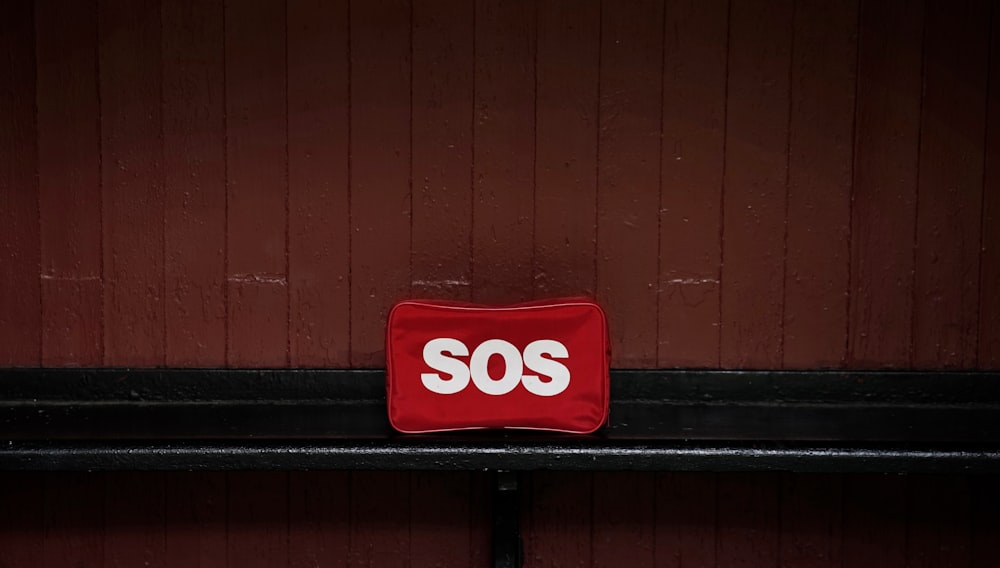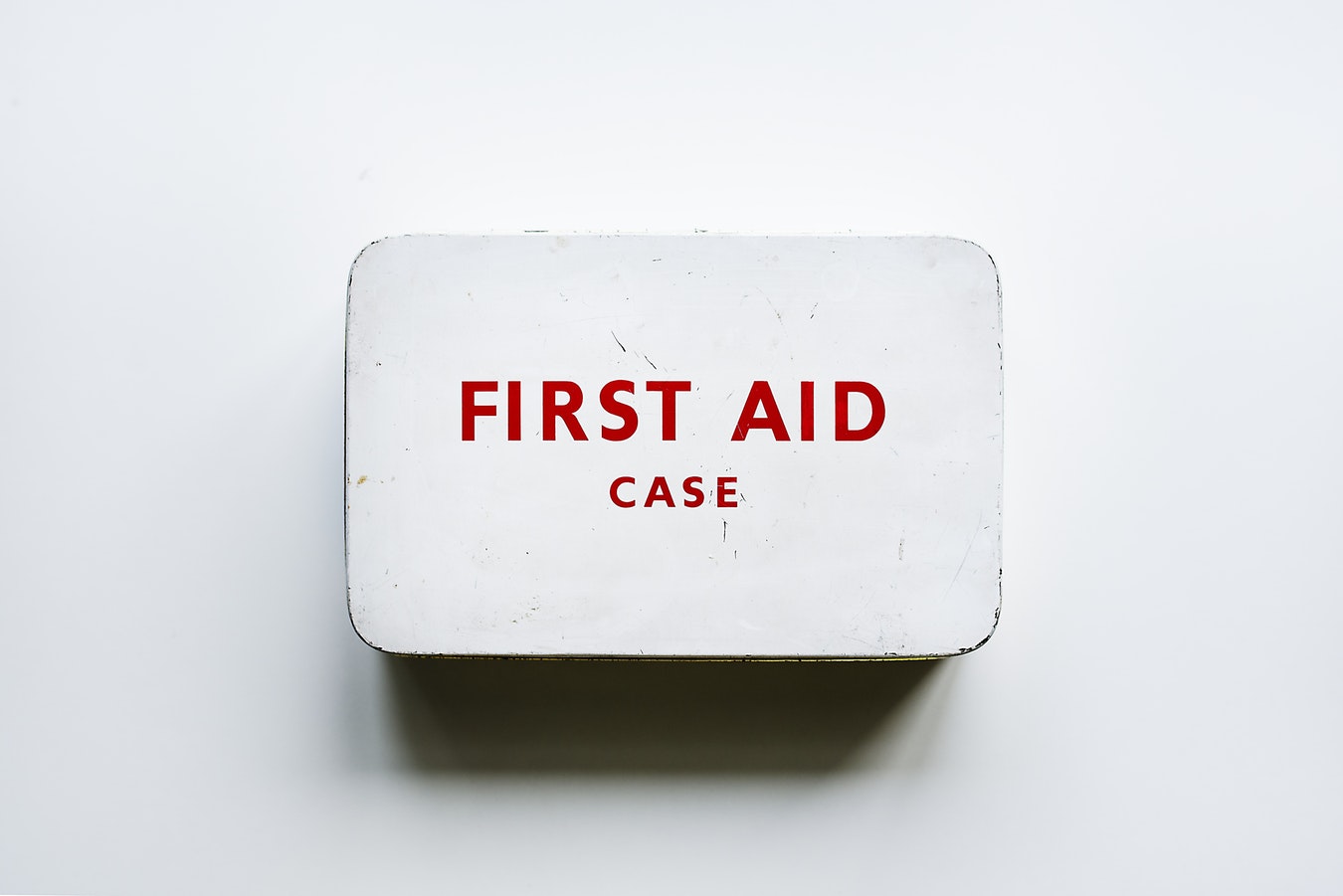Whether it’s motion sickness or a midlife crisis, it’s essential to be prepared for any odd feelings when you’re on the road. We’ve put together a guide to help you create a first aid kit to help you, your passengers and any others along the way. Remember never to drive if you are feeling faint, dizzy or nauseous and to contain unwell animals in appropriate travel containers for your safety and theirs.
Compile your own first aid kit to keep in your car. Here’s what you need:

- Gloves
- Waterless Antiseptic wipes or gel
- Thermometer
- Sharp scissors
- Tweezers
- Safety pins (for securing bandages/slings)
- Needle or blade (for removing splinters)
- Sterile gauze (different widths and sizes)
- Sterile dressings in different sizes
- Bandages - various sizes
- Triangular elastic bandages (for slings and things)
- Adhesive, hypoallergenic tape
- Eye pads with bandages
- Sterile cotton wool swabs
- Assorted plasters for minor cuts
- Saline solution for cleaning wounds
- Antibiotic cream or powder, ditto
- Rehydration sachets
- Antihistamine for general allergies or hay fever attacks
- Instant cold packs – the ones you snap to activate. Also good on a very hot day for keeping your coffee shake chilled!
- Muscular Anti-inflammatories (that neck issue might flare up again on a long trip)
- Sting bite creams (with local anaesthetic)
- Insect repellent
- Sunscreen with a SPF factor of 40+
- Painkillers with paracetamol, ibuprofen or aspirin (check for allergies!)
- Burn gel with Aloe Vera or similar
- Current medication for the journey’s duration (e.g. stock-up on prescription meds)
- Solar Torch (keep it charged by fixing it to the dashboard while you drive!)
If you’re travelling with kids:
- Any prescribed meds for you kids e.g. meds for serious allergies
- Kids’ pain reliever (liquid if they are very small or struggle to swallow)
Other:
- Rescue remedy for shock
- Calmeze with L-theanine (does not cause drowsiness)
- Sweet treats to distract distraught passengers
- Anti-nausea treatment (remember - the treatment for motion sickness may differ to that of morning sickness!)
What to put it all into
You want easy access in a robust holder like a fishing tackle box. Transparent inner compartments make it easier to find what you need. You can further separate items into categories with ziplocked bags or eco-friendlier mesh bags. Keep it simple – you may not have the mental space for sifting through over-organised bags when someone is sitting next to you bleeding! Don’t ever lock it – you may not be able to find the key when you’re called to care for someone. Keep it safely stowed away from children, however. The cubby hole is one good spot, but you can also secure the box under the car seat (without obstructing its mechanics). Ask your car doctor to advise on this one!
TLDR
Too busy to put the individual bits together? These readymade first aid kits will be delivered to your door. Bear in mind that the contents may vary from our list. Always check the specifics before you buy.
DISCLAIMER: These tips and tools are meant for minor medical issues only, or, as Health24 puts it, to “help you treat minor injuries that do not require trained medical assistance, such as minor cuts”. If you suspect a serious condition, and are not officially qualified to practise first aid, rather call a medical professional right away. Likewise, never move someone hit by a car. In addition, you need permission from kids’ parents to treat them and it is essential to know of any medical allergies or intolerances before taking on the responsibility of another passenger. e.g. paracetamol.
Save these national emergency numbers and keep a phone charger in the car at all times.
Call for an ambulance, police support, or fire truck

From mobile 112
From a landline 10111
Did we forget something? Tell us what you include in your rescue kit or show us a pic of your first aid kit on Instagram (remember to tag us, and make the post public or we won’t be able to see it or regram)
RELATED



